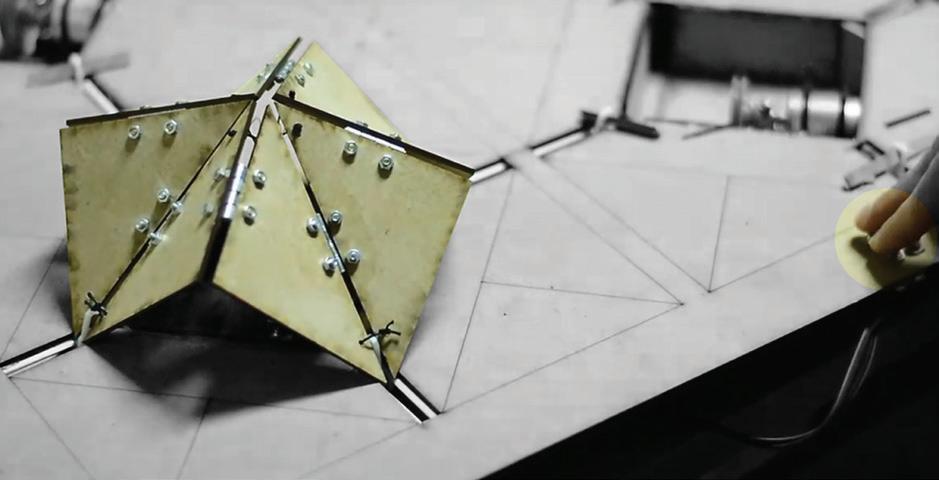
3 minute read
DIGITAL FABRICATION
Computational Design
Since 2020
Advertisement
“My first practical experience within computational design began as the co-tutor of course ‘The Digital Fabrication Technology’ in the first semester of 2020 at Pars university. three projects were defined during the course which each had to follow a specific method of fabrication."
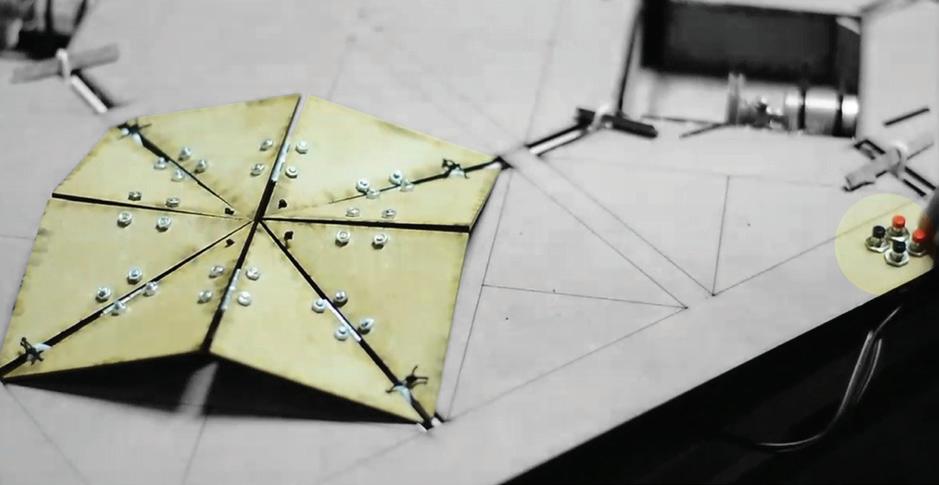
The modularity of the components makes the form more adaptable to its environment. It also provides more possibilities to create a system by which the structure can be changed. Based on these theoretical foundations, a prototype has been designed and fabricated that can be replicated in the environment, providing space for a variety of functions depending on the user's needs.
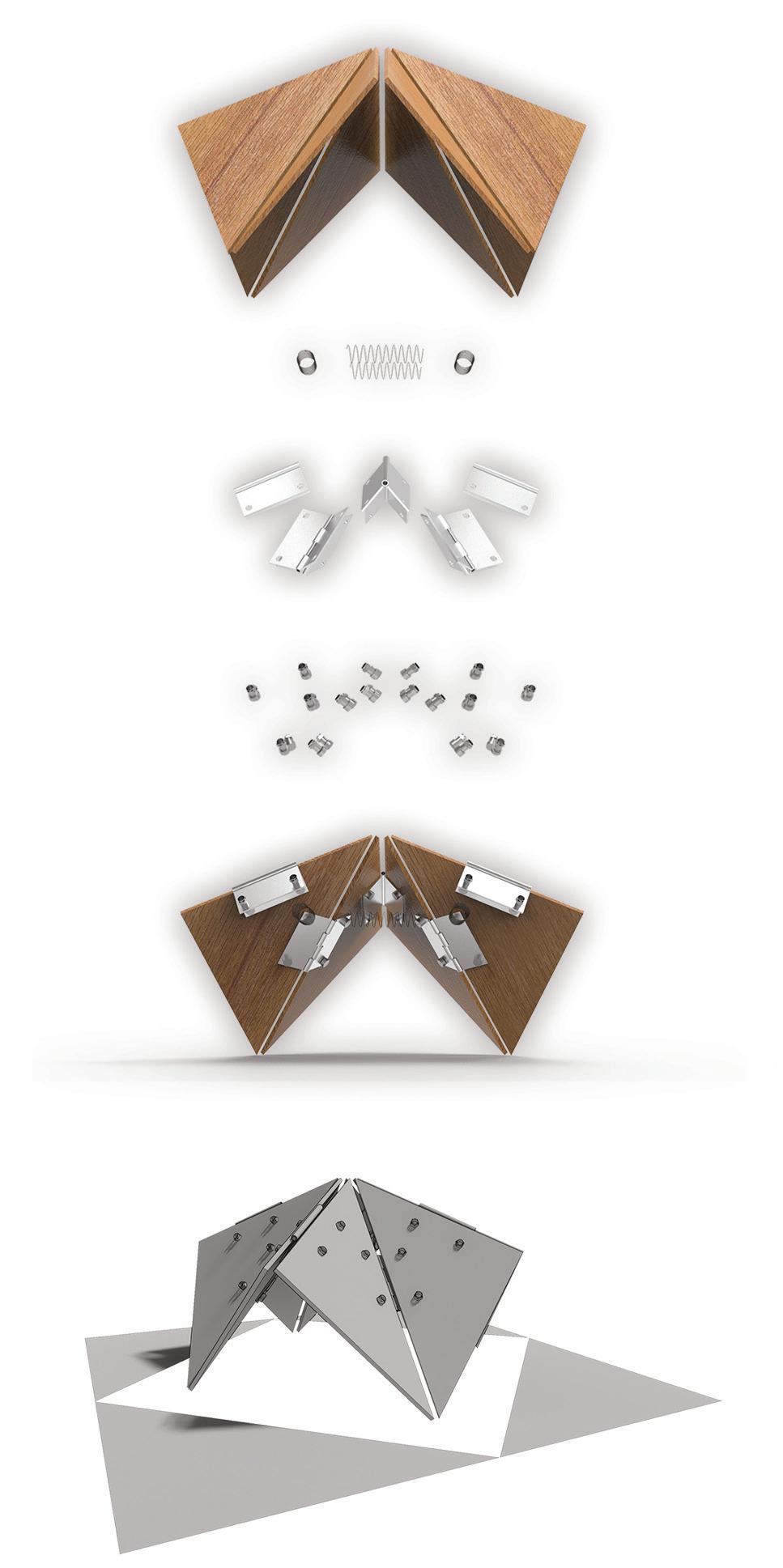
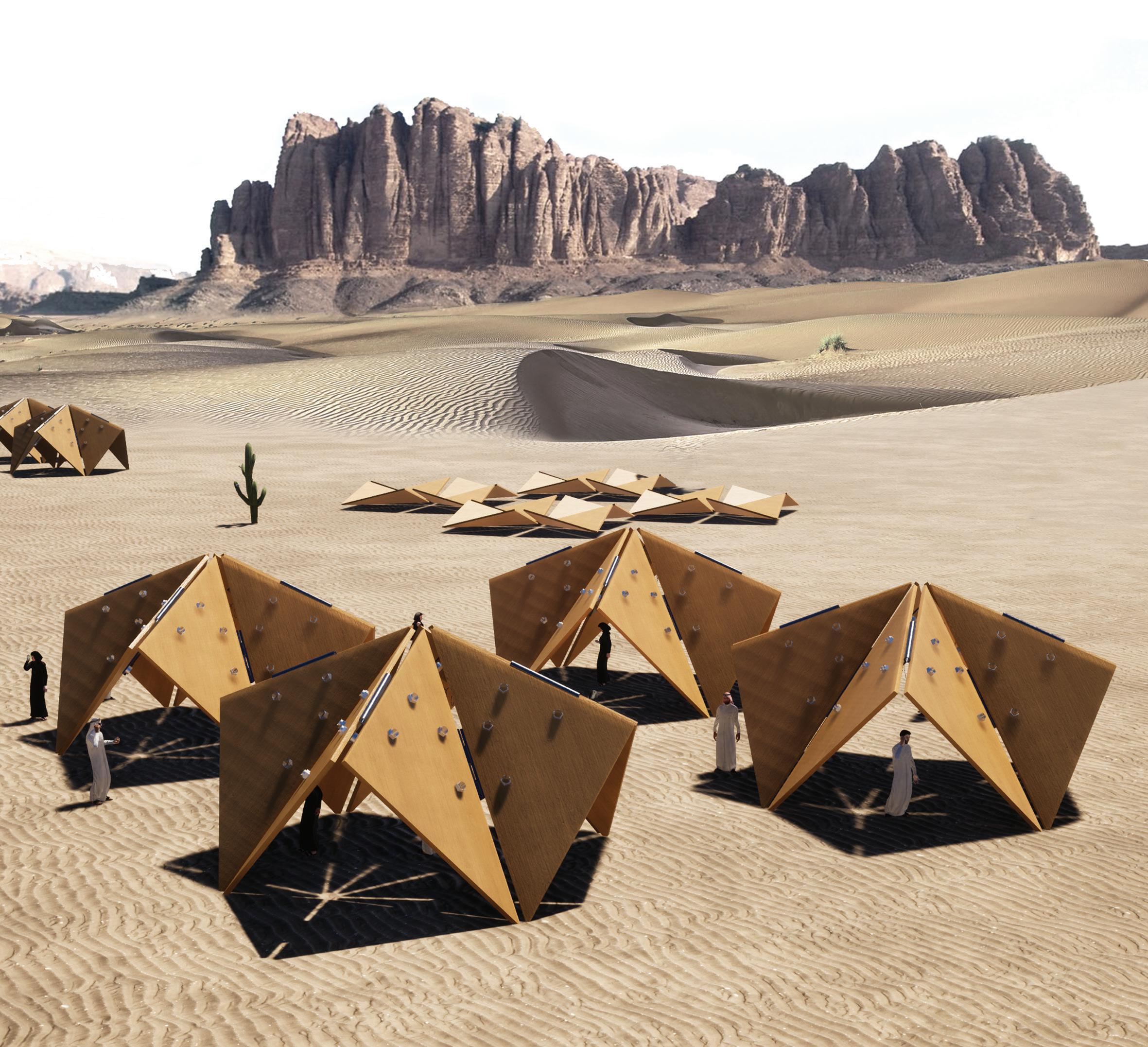
"In design studio III individuals were supposed to design a conceptual museum which was defined personally. The site of the project is a 1200 square-meter parcel located between two significant museums in Tehran (contemporary art and carpet museum). This museum is considered to be a treasure of historical literature of Iranian philosophy."


The formal concept of the museum stems from a philosophical methodology of interpreting manuscripts, which is called the hermeneutical spiral Through this method/form, the reader/user passed a spiral path from first grasp/glimpse to deeper understanding of the book/museum
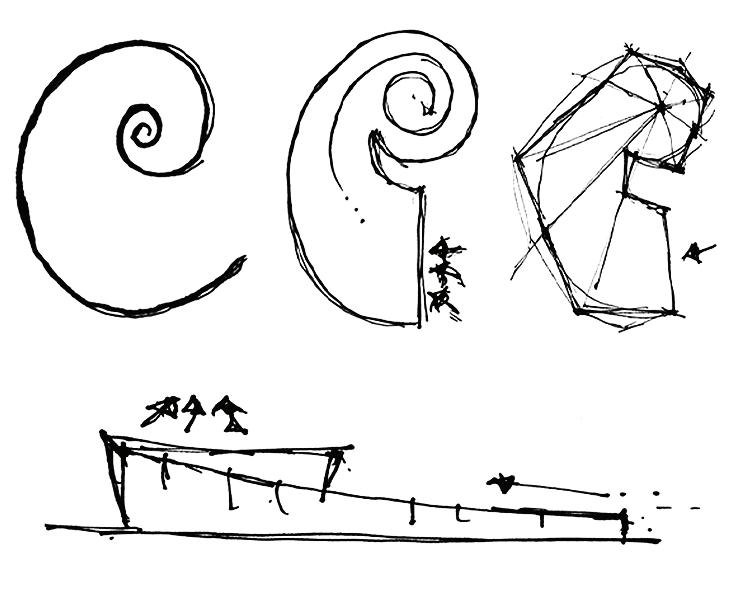
LAND DEVELOPMENT + AI

Urbanization has led to the destruction of many green areas in cities, creating a challenge for policymakers to balance development with preserving green infrastructure. This study proposes integrating a low-carbon design approach and artificial intelligence (AI) into smart urban development. The study uses carbon sequestration in trees as a measurable factor to optimize land partitioning. The model uses genetic algorithms and input variables such as size, access, facilities, and carbon to generate greener solutions. Results show that the AI-based low-carbon design approach successfully expedites the parcelization process while preserving green infrastructure. This study highlights the importance of incorporating AI and carbon sequestration in urban planning.
The COVID-19 pandemic has posed significant challenges for human life in various aspects, leading experts to conduct studies to adapt to the situation. Urban studies and planning are not an exception, as the city system plays a crucial role in human life. This study aims to evaluate the impact of urbanization components on the spread of COVID-19. The researchers searched for studies in the Scopus database and screened them based on PRISMA guidelines. Out of 13,015 studies, 145 studies met the criteria and were grouped into 11 categories, including urban density, public spaces, and socioeconomic and environmental quality. The study provides recommendations and solutions to manage the pandemic in urban areas.
+ AI
This literature review examines the application of artificial intelligence (AI) in assessing the walkability of the built environment. The study analyzed 52 articles published between 2012 and 2022 from different academic fields using the PRISMA method. The analysis categorized the articles based on data types, population, allocentric vs. egocentric perspective, research findings, limitations. The analysis identified gaps in information gathering and assessment and emphasized the need for new AI tools and technologies to broaden the scope of analysis. The study concludes that the development of new AI tools has the potential to improve assessment and decision-making, leading to enhancements in walkability for collective and individual benefits.


DELAVAR PORTFOLIO YASIN DELAVAR
PORTFOLIO YASIN DELAVAR PORTFOLIO
YASIN DELAVAR PORTFOLIO YASIN
DELAVAR PORTFOLIO YASIN DELAVAR
PORTFOLIO YASIN DELAVAR PORTFOLIO
YASIN DELAVAR PORTFOLIO YASIN
DELAVAR PORTFOLIO YASIN DELAVAR
PORTFOLIO YASIN DELAVAR PORTFOLIO
YASIN DELAVAR PORTFOLIO YASIN
DELAVAR PORTFOLIO YASIN DELAVAR
PORTFOLIO YASIN DELAVAR PORTFOLIO
YASIN DELAVAR PORTFOLIO YASIN
DELAVAR PORTFOLIO YASIN DELAVAR
PORTFOLIO YASIN DELAVAR PORTFOLIO
YASIN DELAVAR PORTFOLIO YASIN
DELAVAR PORTFOLIO YASIN DELAVAR
PORTFOLIO YASIN DELAVAR PORTFOLIO
YASIN DELAVAR PORTFOLIO YASIN
DELAVAR PORTFOLIO YASIN DELAVAR
PORTFOLIO YASIN DELAVAR PORTFOLIO
YASIN DELAVAR PORTFOLIO YASIN
DELAVAR PORTFOLIO YASIN DELAVAR
PORTFOLIO YASIN DELAVAR PORTFOLIO
YASIN DELAVAR PORTFOLIO YASIN
DELAVAR PORTFOLIO YASIN DELAVAR
PORTFOLIO YASIN DELAVAR PORTFOLIO
YASIN DELAVAR PORTFOLIO YASIN
DELAVAR PORTFOLIO YASIN DELAVAR
PORTFOLIO YASIN DELAVAR PORTFOLIO
YASIN DELAVAR PORTFOLIO YASIN DELAVAR PORTFOLIO YASIN DELAVAR
PORTFOLIO YASIN DELAVAR PORTFOLIO
YASIN DELAVAR PORTFOLIO YASIN
DELAVAR PORTFOLIO YASIN DELAVAR
PORTFOLIO YASIN DELAVAR PORTFOLIO YASIN DELAVAR PORTFOLIO YASIN
DELAVAR PORTFOLIO YASIN DELAVAR
PORTFOLIO YASIN DELAVAR PORTFOLIO
YASIN DELAVAR PORTFOLIO YASIN
DELAVAR PORTFOLIO YASIN DELAVAR
PORTFOLIO YASIN DELAVAR PORTFOLIO
YASIN DELAVAR PORTFOLIO YASIN
DELAVAR PORTFOLIO YASIN DELAVAR
PORTFOLIO YASIN DELAVAR PORTFOLIO
YASIN DELAVAR PORTFOLIO YASIN DELAVAR PORTFOLIO YASIN DELAVAR
PORTFOLIO YASIN DELAVAR PORTFOLIO YASIN DELAVAR PORTFOLIO YASIN
DELAVAR PORTFOLIO YASIN DELAVAR
PORTFOLIO YASIN DELAVAR PORTFOLIO YASIN DELAVAR PORTFOLIO YASIN DELAVAR PORTFOLIO YASIN DELAVAR
PORTFOLIO YASIN DELAVAR PORTFOLIO
YASIN DELAVAR PORTFOLIO YASIN
DELAVAR PORTFOLIO YASIN DELAVAR
PORTFOLIO YASIN DELAVAR PORTFOLIO
YASIN DELAVAR PORTFOLIO YASIN
DELAVAR PORTFOLIO YASIN DELAVAR
PORTFOLIO YASIN DELAVAR PORTFOLIO
YASIN DELAVAR PORTFOLIO YASIN
DELAVAR PORTFOLIO YASIN DELAVAR
PORTFOLIO YASIN DELAVAR PORTFOLIO
YASIN DELAVAR PORTFOLIO YASIN
DELAVAR PORTFOLIO YASIN DELAVAR
PORTFOLIO YASIN DELAVAR PORTFOLIO YASIN DELAVAR PORTFOLIO YASIN
DELAVAR PORTFOLIO YASIN DELAVAR
PORTFOLIO YASIN DELAVAR PORTFOLIO
YASIN DELAVAR PORTFOLIO YASIN
DELAVAR PORTFOLIO YASIN DELAVAR










